The "1" in the G1 name has many meanings, not only the first mobile phone that supports Google's Android system, it is also the first mobile phone using T-Mobile's 3G network, HTC's first capacitive touch screen mobile phone, HTC's first trackball phone and HTC's second cell phone that tried a 5-line keyboard.

For beginners, we will introduce you to the block diagram:
Qualcomm MSM7201A, which was previously used on Touch Diamond and Touch Pro, G1 is also strongly adopted. Similar to the BlackBerry Storm, both GPS and audio processing modules are embedded in the processor. Fortunately, although it runs a new operating system, HTC already has a very rich experience in processor usage. Next to the processor are transceivers and power management ICs, which are Qualcomm RTR5285 and Qualcomm PM7540.
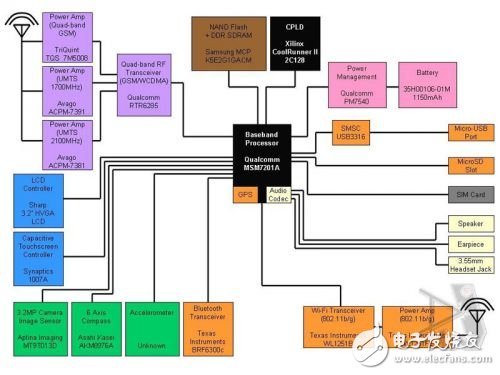

This part is cool because there are four major parts inside the screen. The front of the actual jacket is a capacitive touch panel, using Synopsys' touch controller and everything related to the touch screen. An interesting feature of this phone is the use of a dual vibration motor. One motor is mounted in the display module and the other is on the main circuit board.
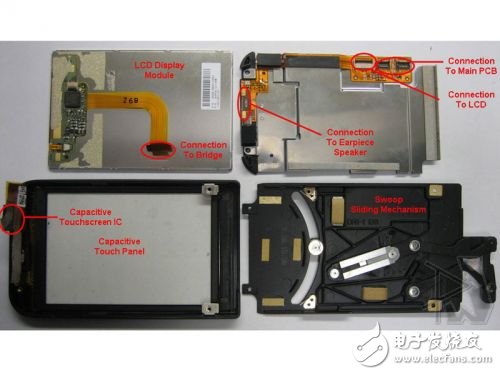
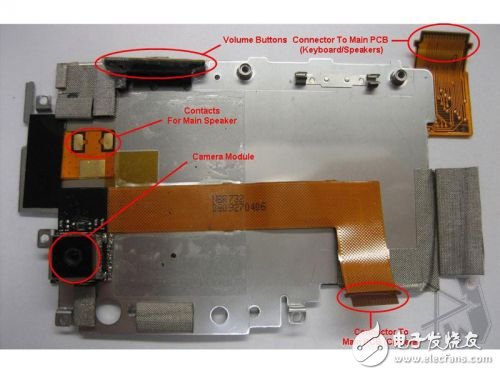
There are two main boards that hold most of the components. The main board is marked on the left and the "Chin" board is given in step 8. NAND flash + DDR memory uses Samsung's MCP.SMSC to provide a USB PHY to handle PC and processor connections.
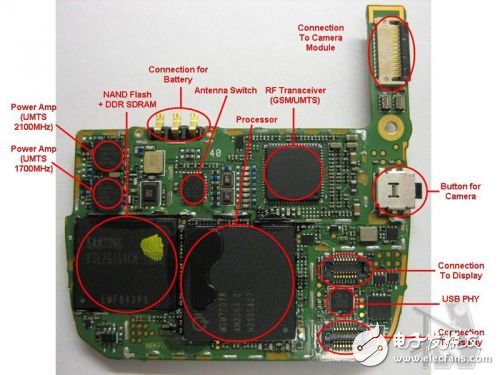
As shown, Avago offers GSM and UMTS power amplifiers (ACPM-7381 and ACPM-7391). TriQuint offers their regular GSM power amplifier (TQS 7M5008). Asahi Kasei made the appearance of the first interesting compass integrated circuit we know.
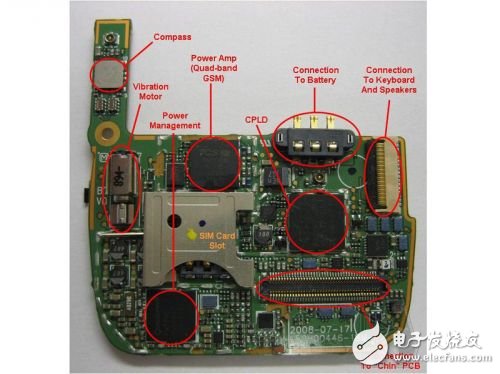
Finally, we moved our line of sight to the "Chin" board. Texas Instruments offers both Bluetooth and Wi-Fi chips, all on the board. The trackball module is the same as it is used on almost every BlackBerry.
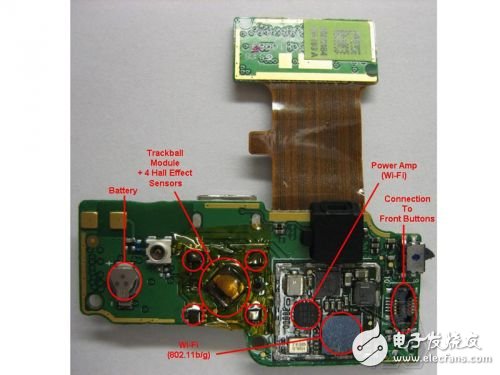

The Push Button Switches, also known as the control button (referred to as the button), is a low-voltage electrical appliance that is manually and generally can be automatically reset. The Push Button Starter Switch is usually used to issue a start or stop command in the circuit to control the turning on and off of electrical coil currents such as electromagnetic starters, connectors, and relays.
The On Off Push Button Switches refers to a switch that pushes the transmission mechanism with a button to make the movable contact and the static contact open or close and realize circuit switching. It is a master control device with a simple structure and a wide range of applications. In the electrical automatic control circuit, used to manually send control signals to control connectors, relays, electromagnetic starters, etc.
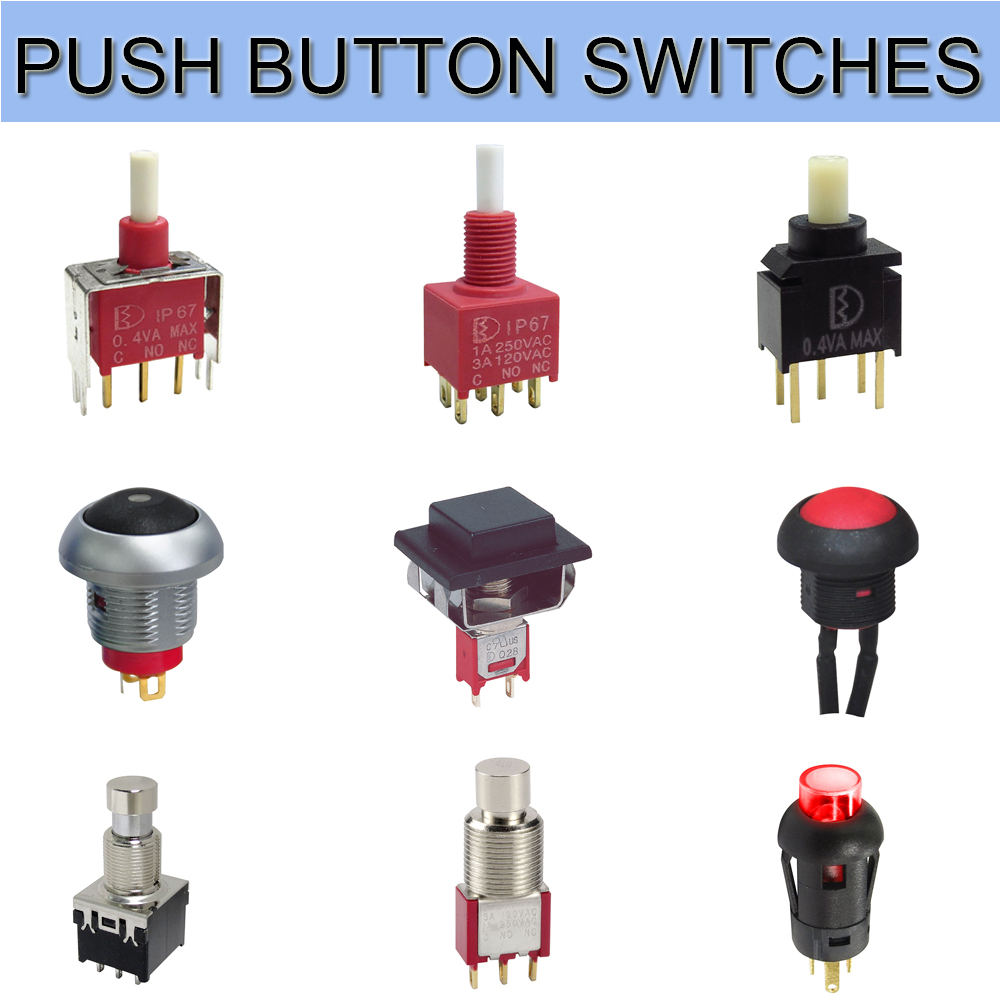
This Pushbutton Switches is a kind of electric device that is used to switch on and off the small current circuit when the action is released. Generally used in AC and DC voltage below 440V, the current is less than 5A in the control circuit, generally do not directly manipulate the main circuit can also be used in the interconnection circuit. In actual use, in order to prevent desperation, different marks are usually made on the buttons or painted with different colors, and the colors are red, yellow, blue, white, black, green, and the like.

The Momentary Push Button Switch could be divided into metal push button switches and Led Light Switches and ordinary snap button type, mushroom head type, self-locking type, self-resetting type, rotary handle type, with indicator light type, lighted symbol type and key type, etc., with single button and double Buttons. Generally, it adopts a water-storage structure, which consists of a button cap, a return spring, a static contact, a moving contact and a casing. It is usually made into a composite type, and has a pair of normally closed contacts and normally open contacts, and some products can pass. The series connection of multiple elements increases the number of contact pairs. There is also a self-contained button that automatically holds the closed position when pressed, and can be turned on only after the power is turned off.
When the Metal Switches is not pressed, the movable contact is connected with the upper stationary contact. The pair of contacts is called a normally closed contact. At this point, the movable contact is disconnected from the following static contact. The pair of contacts is called a normally open contact: the button is pressed, the normally closed contact is open, the normally open contact is closed, and the button is released. Restore the original working state under the action of the return spring
Push Button Switches
Push Button Switches,Push Button On Off Switch,Push Button Switch Types,Square Push Button Switches
YESWITCH ELECTRONICS CO., LTD. , https://www.yeswitches.com